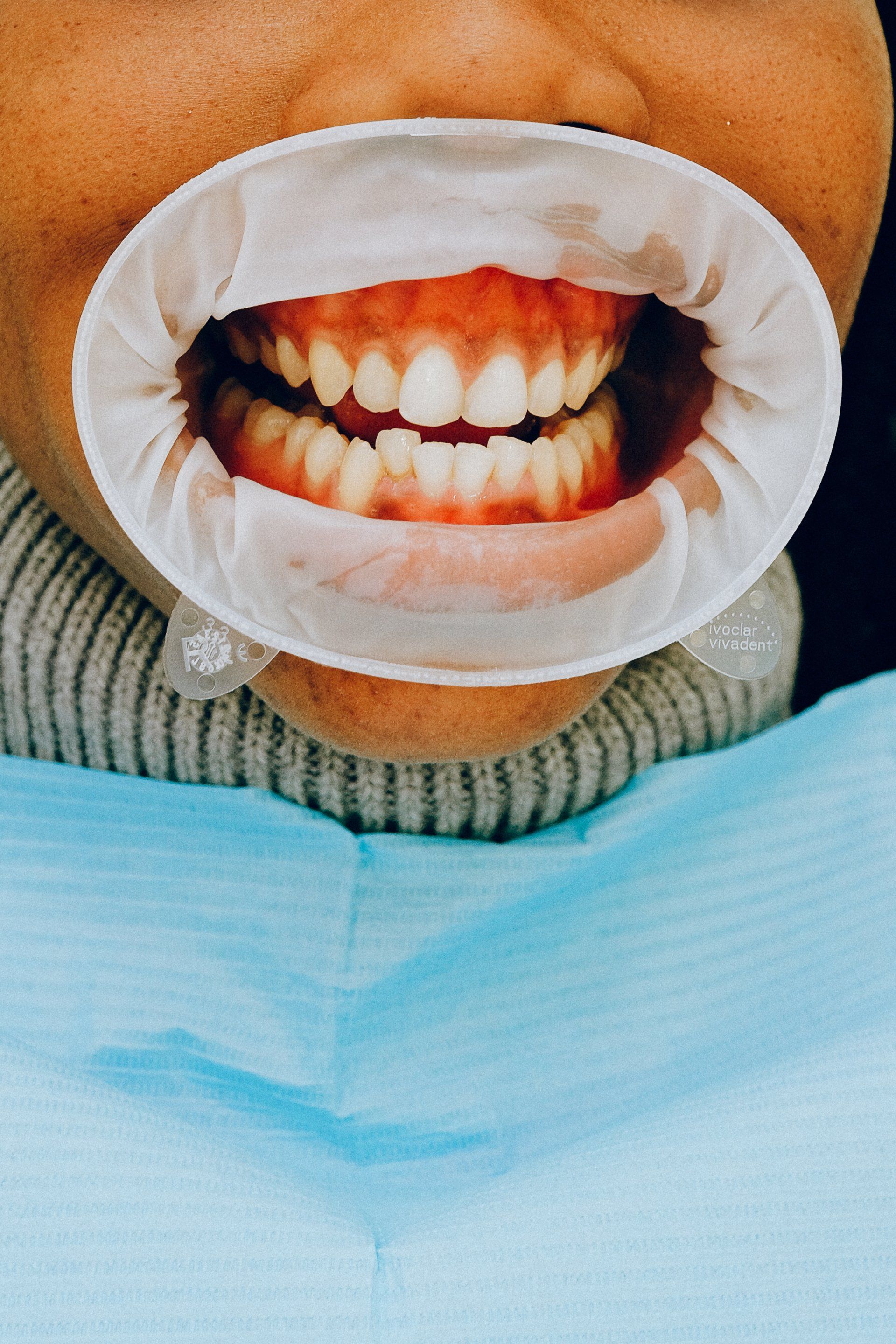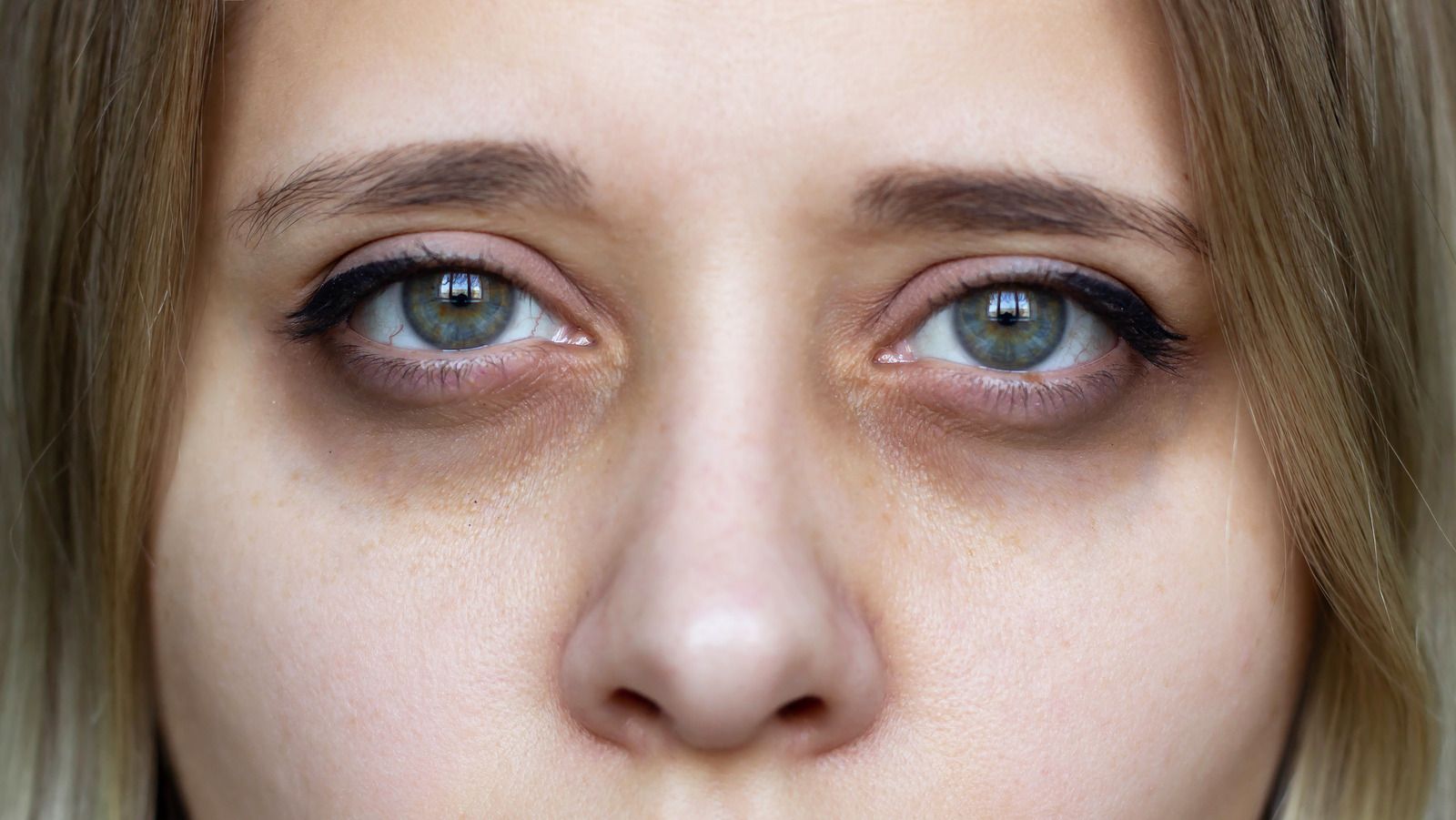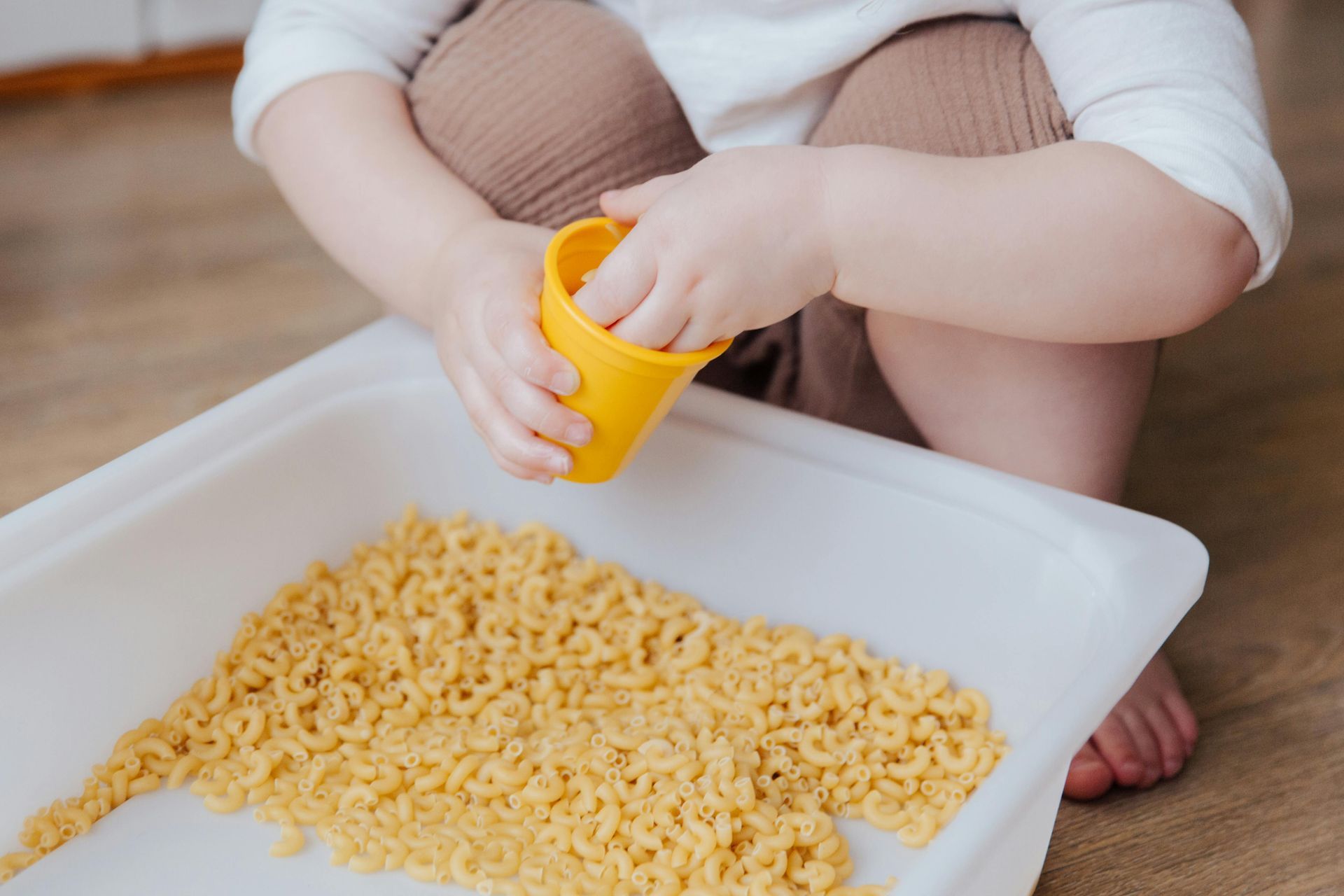Open Mouth Breathing & Chewing
More Than Just a Bad Habit
Have you ever noticed someone chewing with their mouth open—not just because they’re being rude, but because they have to? Open mouth breathing can have a much bigger impact on chewing than most people realize, and it all comes down to how the mouth and nose are connected.
The Mouth, the Nose & the Forgotten Connection
Most people don’t think about it, but the roof of your mouth (your hard palate) is also the floor of your nose. That means any changes to the shape or function of the palate can directly affect nasal breathing, and vice versa. When a child breathes through their mouth instead of their nose, the tongue rests lower in the mouth instead of pressing against the palate. Over time, this can lead to a high, narrow palate and improper jaw development (Mezzomo et al., 2020).
Mouth breathing doesn’t just impact facial growth—it also affects airway development. Studies have shown that children who breathe through their mouths often develop smaller airways, making it even harder to transition to nasal breathing later on (Wang et al., 2023).
Why Nasal Breathing Matters for Oral Development
Nasal breathing isn’t just about getting oxygen—it plays a critical role in facial and oral development. When a child breathes primarily through their nose, the tongue naturally rests against the roof of the mouth, shaping the palate and encouraging proper jaw growth. However, chronic mouth breathing can lead to:
- Changes in facial structure, such as a long, narrow face with a high-arched palate (Jefferson, 2010).
- Dental issues, including crowding and misaligned teeth due to improper tongue posture (Pacheco et al., 2015).
- Speech difficulties, since the tongue’s resting position influences articulation and clarity (Guilleminault et al., 2016).
By supporting nasal breathing early, we can help ensure more balanced facial and oral development, reducing the risk of these long-term challenges.
How Open Mouth Breathing Affects Chewing
Chewing isn’t just about breaking down food—it’s a complex process that involves breathing, tongue movement, and proper jaw function. When someone breathes through their mouth, they often struggle to chew properly because:
- Their tongue isn’t in the right position – The tongue should press against the palate when chewing, helping guide food efficiently. But mouth breathers tend to have a low tongue posture, making chewing less effective (Mezzomo et al., 2020).
- They experience early fatigue – Keeping the mouth open while chewing requires more effort, leading to quicker jaw fatigue (Wang et al., 2023).
- They take longer to chew – Mouth breathing has been linked to decreased masticatory efficiency, meaning food takes longer to break down before swallowing (Pacheco et al., 2015).
Additionally, research shows that mouth breathers often have weaker lip-closing force and tongue pressure, which further reduces their ability to chew efficiently (Chen et al., 2022).
What Can Be Done?
If your child exhibits signs of mouth breathing while chewing, early intervention is key. Some strategies that can help include:
- Addressing nasal obstruction – If chronic congestion or allergies are causing mouth breathing, working with an ENT specialist can help improve nasal airflow (de Menezes et al., 2011).
- Myofunctional therapy – Exercises designed to strengthen the tongue and improve oral posture can encourage nasal breathing and proper chewing patterns (Pacheco et al., 2015).
- Orthodontic intervention – In some cases, palatal expansion or other orthodontic treatments may be needed to correct structural issues related to mouth breathing (Wang et al., 2023).
Mouth breathing isn’t just a small habit—it has a profound impact on chewing, oral development, and overall health. Understanding the connection between nasal breathing, tongue posture, and chewing efficiency can help parents and professionals support healthier feeding patterns in children.
If you suspect your child is struggling with mouth breathing and its effects on chewing, seeking guidance from a specialist in feeding therapy, myofunctional therapy, or ENT care can make a significant difference.
References
Chen, X., Xia, B., Han, Y., & Zeng, Y. (2022). The impact of mouth breathing on dentofacial development: A narrative review. International Journal of Environmental Research and Public Health, 19(23), 15890. https://doi.org/10.3390/ijerph192315890
de Menezes, V. A., Leal, R. B., Pessoa, R. S., Pontes, R. M., & Silva, M. A. (2011). Prevalence and factors related to mouth breathing in school children at the Santo Amaro project—Recife, Brazil. Brazilian Journal of Otorhinolaryngology, 77(5), 616-623. https://doi.org/10.1590/S1808-86942011000500014
Guilleminault, C., Huang, Y. S., Monteyrol, P. J., Sato, R., Quo, S., & Lin, C. H. (2016). The ongoing effects of mouth breathing on sleep, health, and quality of life: A clinical review. Journal of Clinical Sleep Medicine, 12(5), 747-755. https://doi.org/10.5664/jcsm.5864
Jefferson, Y. (2010). Mouth breathing: Adverse effects on facial growth, health, academics, and behavior. General Dentistry, 58(1), 18-25. https://www.agd.org/constituents/resources-library
Mezzomo, C. L., Moyses, S. T., de Andrade, D. J., & Moyses, S. J. (2020). Mouth breathing and its impact on oral health and facial development: A systematic review. Brazilian Oral Research, 34, e101. https://doi.org/10.1590/1807-3107bor-2020.vol34.0101
Pacheco, M. C., Casagrande, C. F., Teixeira, L. P., Finck, N. S., & de Araújo, M. T. (2015). Guidelines proposal for clinical recognition of mouth breathing children. Dental Press Journal of Orthodontics, 20(4), 39-44. https://doi.org/10.1590/2176-9451.20.4.039-044.oar
Wang, D., Uehara, S., Kawanabe, N., & Matsumoto, N. (2023). The effect of mouth breathing on craniofacial growth: A systematic review and meta-analysis. BMC Oral Health, 23(1), 1-16.
https://doi.org/10.1186/s12903-021-01458-7












